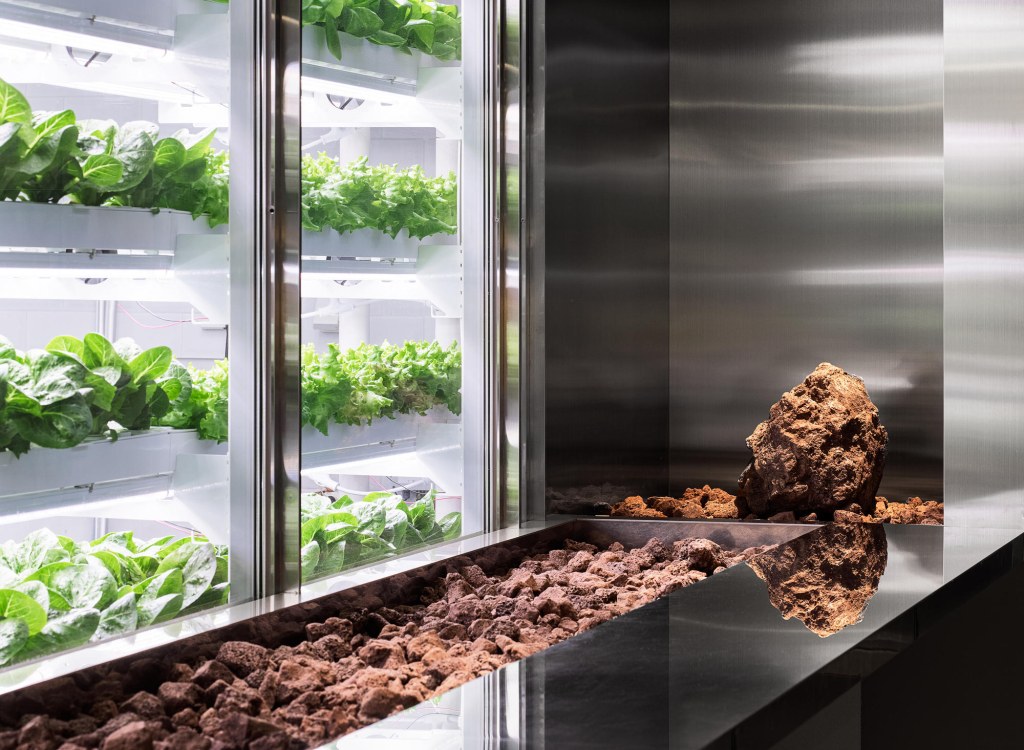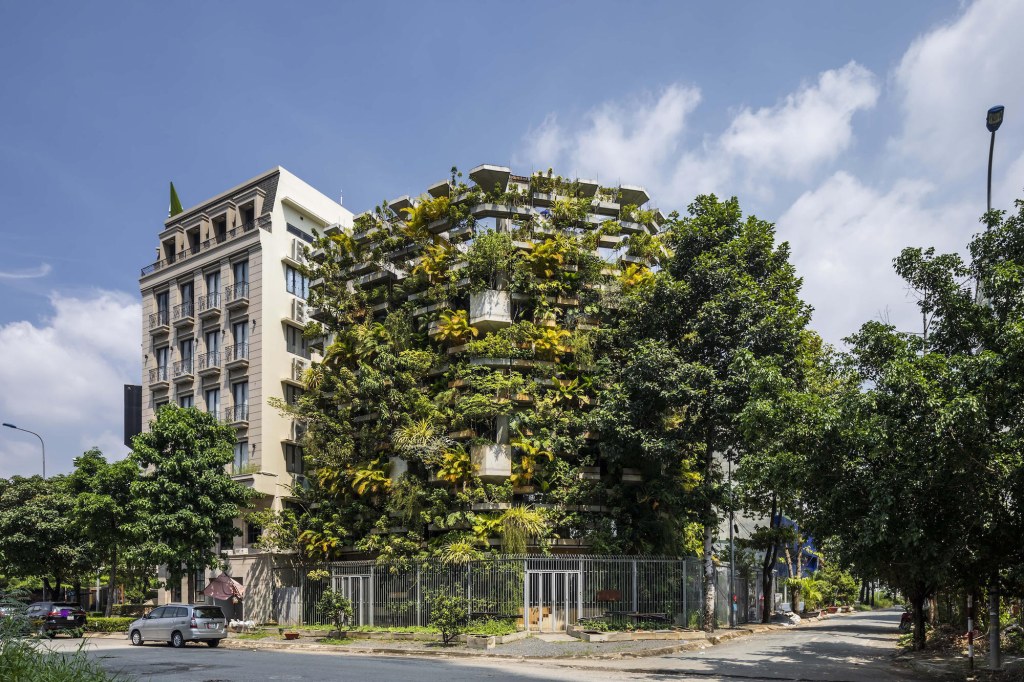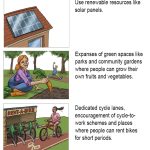Transform Your Lifestyle With Sustainable Living Farming: Embrace A Greener Future Today!
Sustainable Living Farming: Creating a Greener Future
Introduction
Dear Readers,
3 Picture Gallery: Transform Your Lifestyle With Sustainable Living Farming: Embrace A Greener Future Today!



Welcome to a world where sustainable living farming is not just a trend, but a necessity. In an era where climate change and environmental degradation are pressing issues, it is crucial for us to adopt practices that promote a greener future. Sustainable living farming offers a solution by combining traditional agricultural methods with innovative technologies to minimize our impact on the environment while ensuring food security. In this article, we will explore the what, who, when, where, why, and how of sustainable living farming, along with its advantages and disadvantages. So let’s dive in and discover how we can contribute to a more sustainable future.
Sustainable Living Farming: The What

Image Source: ownerbuiltdesign.com
🌱 Sustainable living farming, also known as sustainable agriculture or eco-farming, refers to the practice of cultivating crops and raising livestock in an environmentally friendly and socially responsible manner. It involves using natural resources efficiently, minimizing waste, and preserving ecological balance.
🌱 This method focuses on long-term sustainability by promoting biodiversity, conserving water and soil, and reducing chemical inputs such as pesticides and synthetic fertilizers. It prioritizes the health of ecosystems, animals, and humans, aiming to create a harmonious relationship between agriculture and the environment.
The Importance of Sustainable Living Farming
🌱 Sustainable living farming plays a crucial role in addressing the challenges posed by conventional agriculture. It offers a sustainable solution by minimizing the negative impacts on the environment, ensuring food security, and improving the livelihoods of farmers and communities.

Image Source: architonic.com
🌱 By adopting sustainable farming practices, we can reduce greenhouse gas emissions, preserve biodiversity, and protect natural resources such as soil and water. This method also promotes the use of renewable energy sources and enhances the resilience of agricultural systems in the face of climate change.
🌱 Furthermore, sustainable living farming fosters local food production, reduces dependence on harmful chemicals, and supports the livelihoods of small-scale farmers. It promotes fair trade and encourages consumers to make conscious choices, thereby creating a sustainable food system from production to consumption.
Sustainable Living Farming: The Who

Image Source: architonic.com
🌱 Sustainable living farming is not limited to a specific group of people. It can be practiced by individuals, communities, organizations, and even governments. Farmers, both small-scale and large-scale, play a vital role in implementing sustainable farming methods.
🌱 Consumers also have a significant impact on sustainable living farming. By choosing organic and locally sourced products, supporting farmers’ markets, and reducing food waste, consumers contribute to the demand for sustainable practices.
🌱 Additionally, agricultural researchers, policymakers, and environmental activists all play a part in promoting sustainable living farming through research, policy development, and advocacy.
Sustainable Living Farming: The When and Where
🌱 Sustainable living farming can be adopted in various climates and geographical locations. It is not limited to specific regions but can be implemented globally, depending on the local conditions and resources.
🌱 The timing of sustainable living farming is not restricted to a particular season. It can be practiced year-round, adapting to the specific needs of crops and livestock in different regions.
Sustainable Living Farming: The Why
🌱 There are several compelling reasons why sustainable living farming is essential:
🌍 Environmental Preservation: By implementing sustainable practices, we can reduce pollution, preserve biodiversity, and protect our ecosystems for future generations.
🌽 Food Security: Sustainable living farming ensures that we can meet the nutritional needs of a growing global population without depleting our natural resources.
🌿 Health Benefits: By avoiding harmful chemicals and promoting organic farming methods, sustainable living farming provides us with healthier and more nutritious food.
💰 Economic Stability: Sustainable farming practices can improve the livelihoods of farmers, create employment opportunities, and enhance local economic development.
🌎 Climate Change Mitigation: Sustainable living farming helps combat climate change by reducing greenhouse gas emissions, preserving soil carbon, and promoting carbon sequestration.
🌱 Water Conservation: By utilizing efficient irrigation techniques and conserving water resources, sustainable farming helps address water scarcity issues.
🌍 Social Responsibility: Sustainable living farming promotes fair wages, safe working conditions, and social equity, benefiting both farmers and consumers.
Sustainable Living Farming: The How
🌱 Sustainable living farming can be achieved through various practices and techniques:
🌾 Organic Farming: Avoiding synthetic pesticides and fertilizers, organic farming relies on natural methods to control pests and enrich the soil.
🌱 Permaculture: This approach involves designing agricultural systems that mimic natural ecosystems, maximizing resource efficiency and biodiversity.
🌳 Agroforestry: Combining trees with crops or livestock, agroforestry systems promote sustainable land use, soil conservation, and increased productivity.
🐝 Pollinator Protection: Creating habitat for pollinators such as bees and butterflies is crucial for ensuring crop pollination and preserving biodiversity.
🌿 Crop Rotation: Alternating crops in a specific sequence helps maintain soil fertility, control pests, and reduce the risk of diseases.
🚜 Precision Farming: By utilizing technology such as GPS and sensors, precision farming optimizes the use of inputs, reducing waste and maximizing yields.
🌱 Sustainable Livestock Management: Implementing practices such as rotational grazing, proper waste management, and humane treatment of animals ensures sustainable livestock production.
Advantages and Disadvantages of Sustainable Living Farming
Advantages of Sustainable Living Farming
👍 Increased Biodiversity: Sustainable living farming promotes biodiversity by preserving habitats, supporting pollinators, and creating ecological balance.
👍 Soil Conservation: By minimizing soil erosion, enhancing soil fertility, and avoiding chemical degradation, sustainable farming practices help maintain healthy soils.
👍 Water Resource Management: Sustainable living farming focuses on efficient water use, reducing water pollution, and conserving water resources through techniques such as drip irrigation and rainwater harvesting.
👍 Climate Change Mitigation: Sustainable farming helps sequester carbon in soils, reducing greenhouse gas emissions and enhancing carbon storage.
👍 Healthier Food: By avoiding synthetic pesticides and promoting organic methods, sustainable living farming provides consumers with healthier and more nutritious food options.
Disadvantages of Sustainable Living Farming
👎 Lower Yields: Compared to conventional farming methods, sustainable living farming may have lower initial yields, requiring more land and resources.
👎 Transition Period: Transitioning from conventional to sustainable farming practices can be challenging and time-consuming, requiring education, training, and financial support.
👎 Market Demand: While consumer awareness of sustainable products is increasing, there may still be a limited market demand, affecting the profitability of sustainable farming.
👎 Pest and Disease Management: Sustainable farming methods rely on natural pest control, which may be less effective in certain situations, leading to potential crop losses.
Frequently Asked Questions (FAQs) about Sustainable Living Farming
1. What is the main goal of sustainable living farming?
The main goal of sustainable living farming is to ensure the long-term viability of agricultural systems by minimizing environmental impact, promoting biodiversity, and meeting the needs of present and future generations.
2. How does sustainable living farming contribute to food security?
Sustainable living farming enhances food security by promoting efficient resource use, diversifying agricultural systems, and reducing dependence on external inputs. It improves the resilience of farming practices and reduces the vulnerability to climate change and other external factors.
3. Is sustainable living farming economically viable?
While transitioning to sustainable living farming methods may require initial investments, it can lead to long-term economic benefits. By reducing input costs, enhancing productivity, and accessing premium markets, sustainable farming practices can improve the economic stability and profitability of farmers.
4. How can consumers support sustainable living farming?
Consumers can support sustainable living farming by choosing organic and locally sourced products, reducing food waste, and supporting farmers’ markets and sustainable food systems. By making conscious choices and demanding sustainable products, consumers can drive the demand for more sustainable farming practices.
5. What role does technology play in sustainable living farming?
Technology plays a vital role in sustainable living farming through innovations such as precision farming, remote sensing, and data analytics. These technologies optimize resource use, improve productivity, and enhance the efficiency of agricultural systems, contributing to sustainable farming practices.
Conclusion
Dear Readers,
As we come to the end of this article, we hope you have gained valuable insights into the world of sustainable living farming. By adopting sustainable practices, we can create a greener future, preserve our environment, and ensure food security for generations to come.
Let us all take small steps towards sustainable living farming, whether it’s supporting local farmers, choosing organic products, or advocating for sustainable policies. Together, we can make a significant impact and create a more sustainable and resilient agricultural system.
Final Remarks
Disclaimer: The information provided in this article is for educational purposes only. The reader is solely responsible for any actions taken based on the information provided above.
This post topic: Idensr Lifestyles
